
BIRDING IN
South Luangwa National Park

BIRDING IN
South Luangwa National Park

BIRDING IN
South Luangwa National Park

BIRDING IN
South Luangwa National Park
The South Luangwa National Park comprises 9,050 square miles of unspoilt wilderness that makes up one of Africa's finest national parks. South Luangwa National Park near Chipata in eastern Zambia, the most popular National Park for big game viewing with many camps. The South Luangwa Valley overlooks the Luangwa River. The Luangwa River is the most intact major river system in Africa and is the life-blood of this 9059 kilometers squared Park. The Park hosts a wide variety of wildlife, birds and vegetation. The Luangwa Valley is a magnet for wildlife. It is one of the few wild and untamed wilderness areas left in Africa. It has Thornicroft's Giraffe, Lions, Hyenas, buffalo, Herds of Elephant, Plains (Crawshay's) Zebra, Puku and Impaladot the open savannahs whilst Bushbuck, Grey Duiker, and Vervet Monkeys.
South Luangwa is a birder's paradise. With about 400 of Zambia's 732 species of birds occurring in the park, including 39 birds of prey and a large number of migrants from northern climes, there is plenty for the birdwatcher to spot. Not to mention the African Pitta that is regularly seen around the Bilimungwe Bush camp during early December and considered as one of the best places to see this elusive bird. From December to April each year, South Luangwa transforms into an emerald green jungle. The colourful vegetation adds a new dimension to the typical brown-toned photo portfolio of South Luangwa's popular dry season.
More Species include Dwarf Bittern, Saddle-billed, Abdim's, Yellow-billed, Woolly-necked and African Openbill Storks, Tawny, Wahlberg's and Martial Eagles, Gymnogene, Lizard Buzzard, Allen's Gallinule, Three-banded Courser, White-crowned Plover, Lilian's Lovebird, Grey Goaway-bird, Purple-crested Turaco, various cuckoos such as Jacobin, Striped, Black, and the beautiful Emerald Cuckoo, Woodland Kingfisher, White-fronted Bee-eater, Broad-tailed Paradise Whydahs, Spotted-backed Weaver and many more. Southern Carmine Bee-eaters arrive to breed in August or September and should still be around during the latter part of the year, whilst around the lodge it is possible to find Collared Palm Thrush, White-browed Robin-chat, Bat Hawk, Pel's Fishing Owl, Lilian's Lovebird, African Skimmer, Southern Crowned Crane, African Pitta, Southern Carmine Bee-eater and Terrestrial Bulbul.
Nocturnal birds include Mozambique and Pennant-winged Nightjars, Spotted and Verreaux's Eagle-Owls and, occasionally, the rare Pel's Fishing Owl.Seasonal changes are very pronounced in Luangwa. The dry season begins in April and intensifies through to October, the hottest month, when game concentrations are at their height. Warm sunny days and chilly nights typify the dry winter months of May to August. The wet season begins in November as the leaves turn green, and the dry bleak terrain becomes a lush jungle. The rainy season lasts up until the end of March.
Our Experts are ready to provide answers
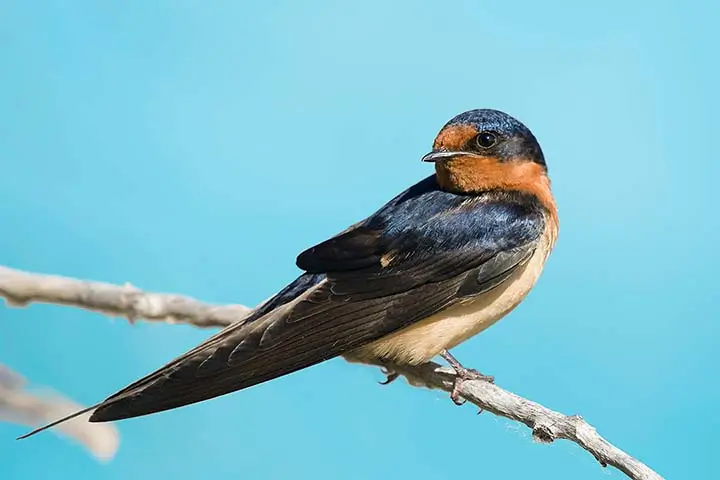
Bangweulu Swamps between Serenje and Samfya is the place for Shoebills, several camps and other good birding spots nearby e.g. Kasanka and Lavushi Manda National Parks.
Read More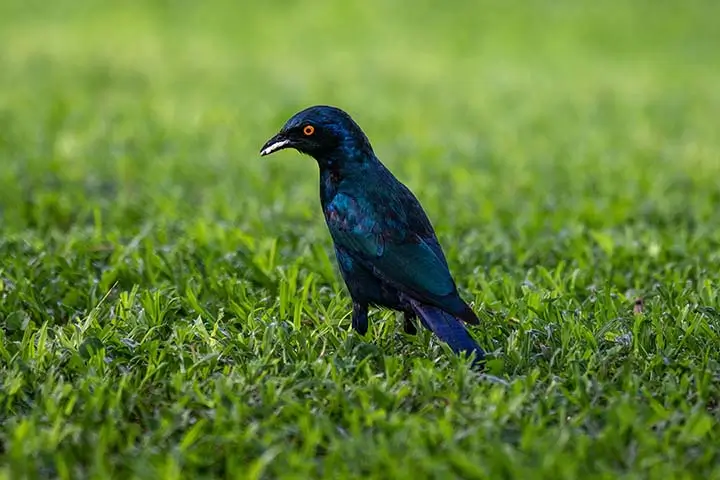
Chimfunshi is recognised as an Important Bird Area, an area recognised as being a universally important habitat for the conservation of bird populations. Chimfunshi is one of about 10,000 IBAs worldwide.
Read More
Kasanka is a great birding destination, with just over 470 species recorded in what is a very small area. The park is home to a few species at the edge of their range, more commonly associated with Central Africa.
Read More
Impressive water birds dominate the landscape after the rainy season. Large flocks of cranes, pelicans, storks, herons, ibises, spoonbills and ducks feed in the pans.
Read More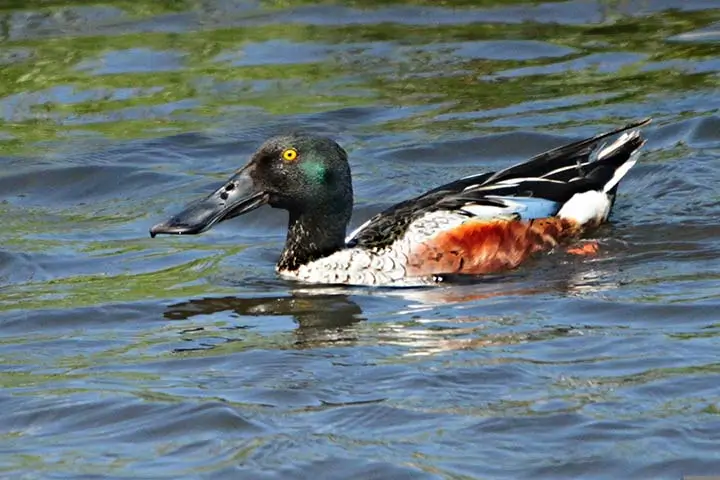
Some of the best wetland birding in the world can be seen here that is to saywaterbirds, camping or day trips.
Read More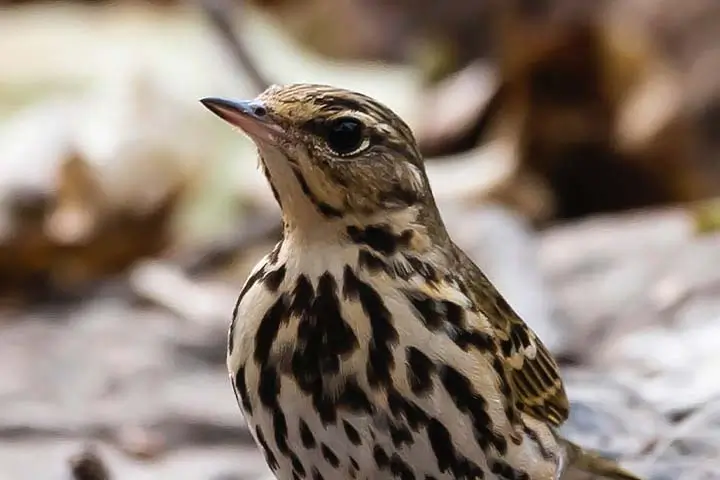
Mutinondo is listed as an Important Bird Area of special interest, with an incredible 362 species on the list; remarkable for such a small reserve.
Read More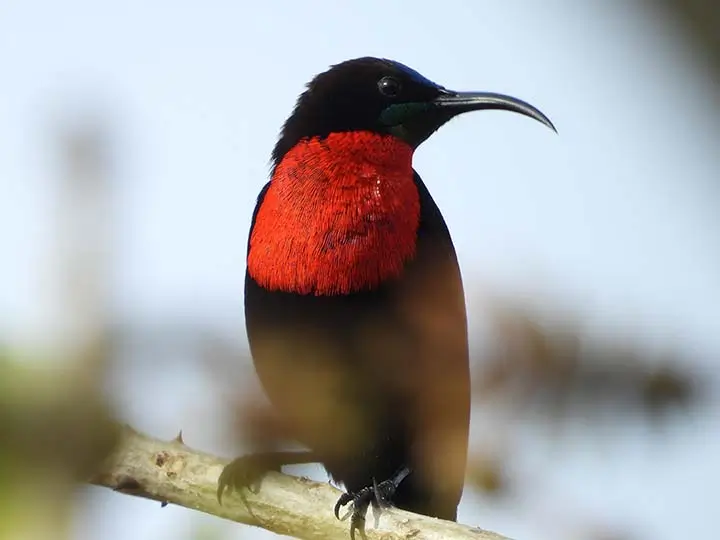
The Mwinilunga area is best known for the accessible Congo-Guinean forest areas and the big number of birding specials that can be found in the forest areas.
Read More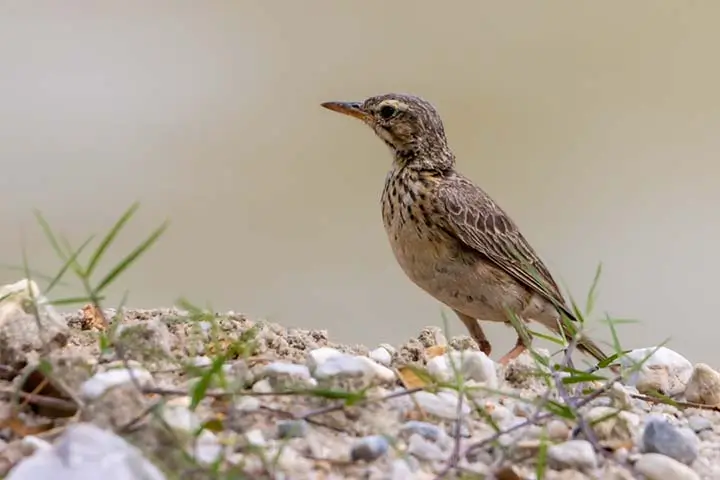
Nkanga River Conservation Area near Choma in southern Zambia, the best site for Zambia's endemic, Chaplin's Barbet, within easy reach of Victoria Falls, Kafue National Park and Lochinvar.
Read More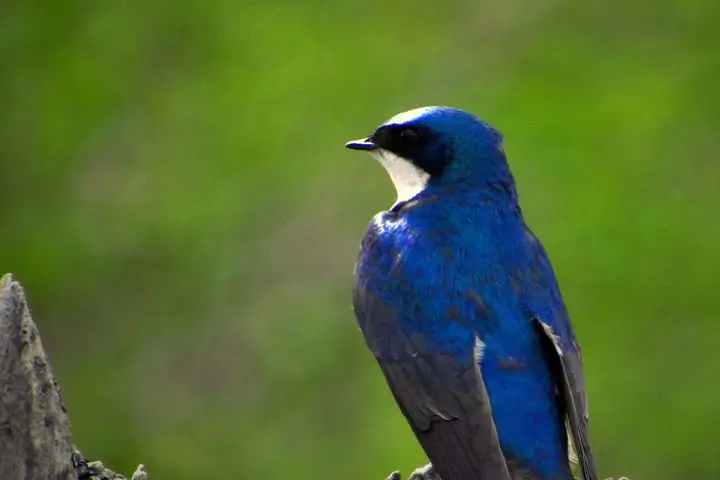
Nyika National Park is the best area to find all the montane specials, camping, or accommodation on Malawi side close by.
Read More
Hike along the footpaths of the park, looking for some of the special bird species that occur here, including the beautiful Schalow's Turaco, loud Trumpeter Hornbill, quite rare Collared Palm Thrush, Verreaux's Eagle.
Read More